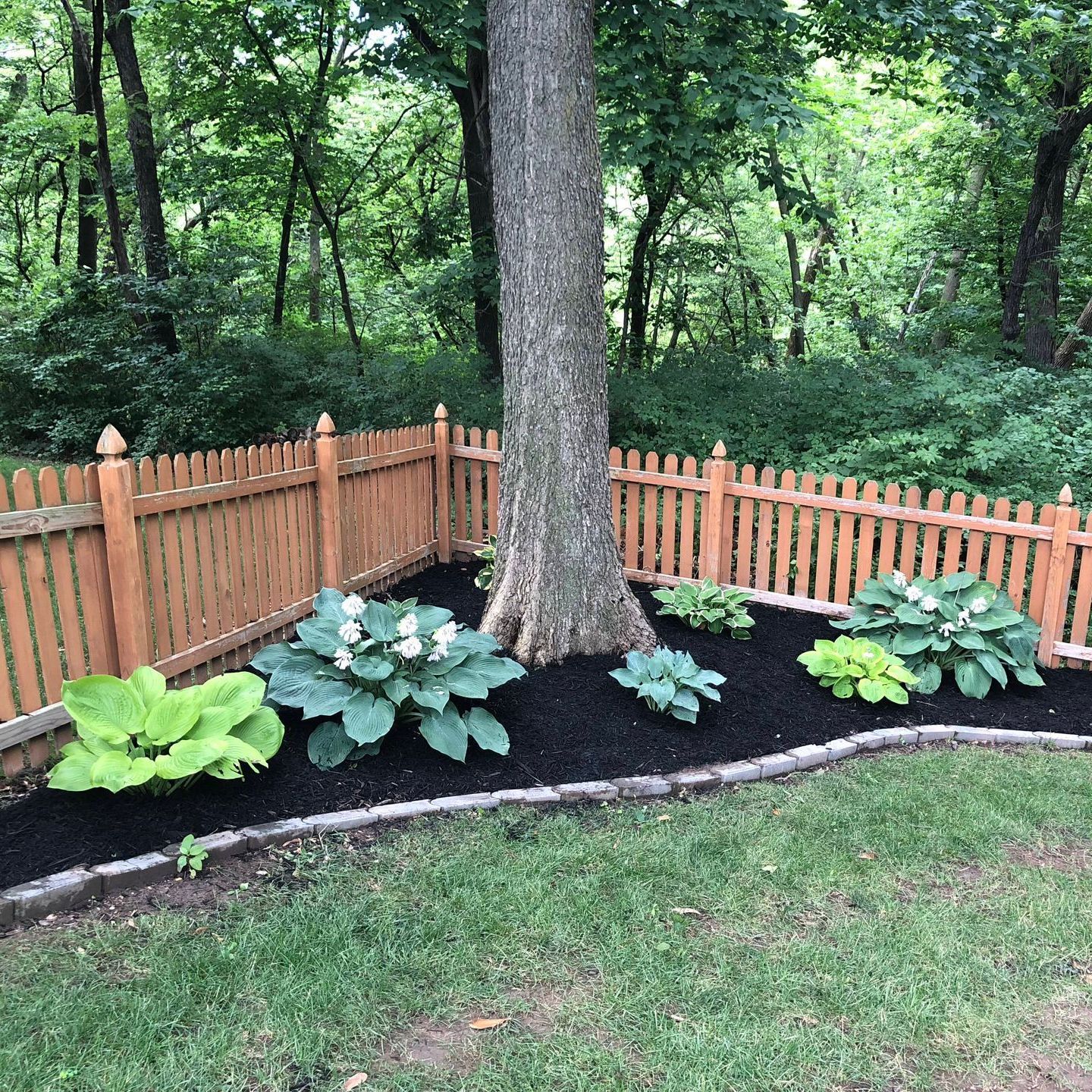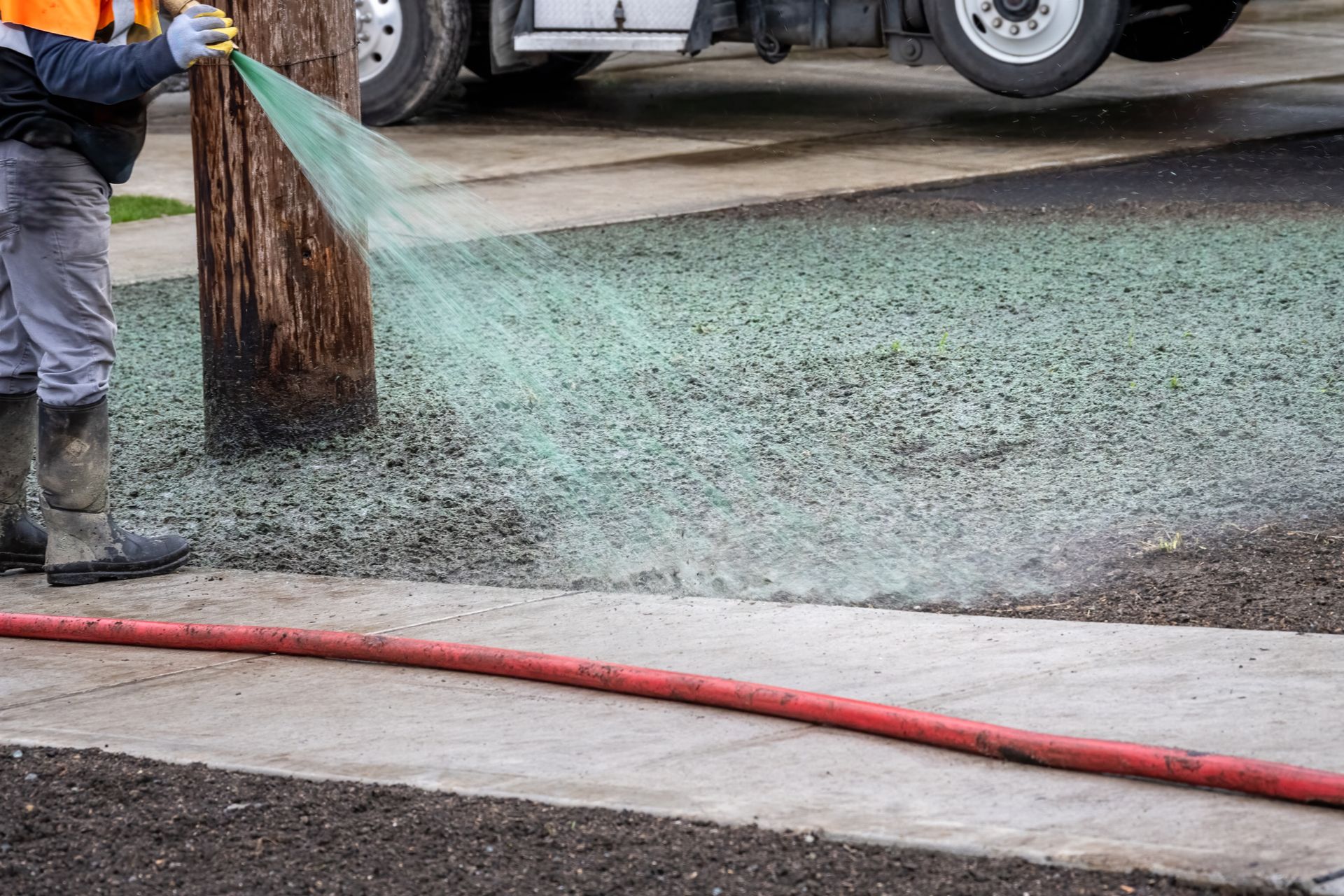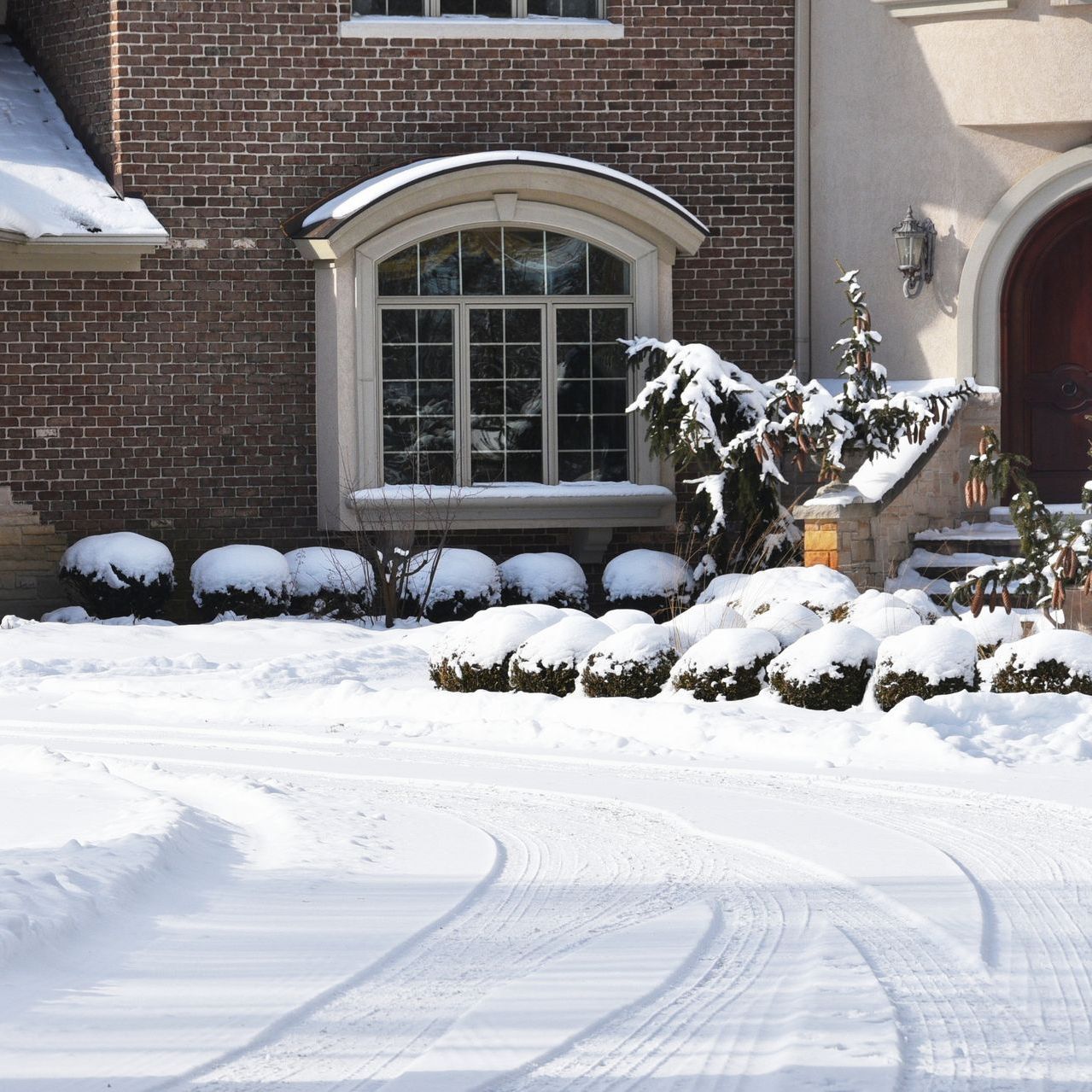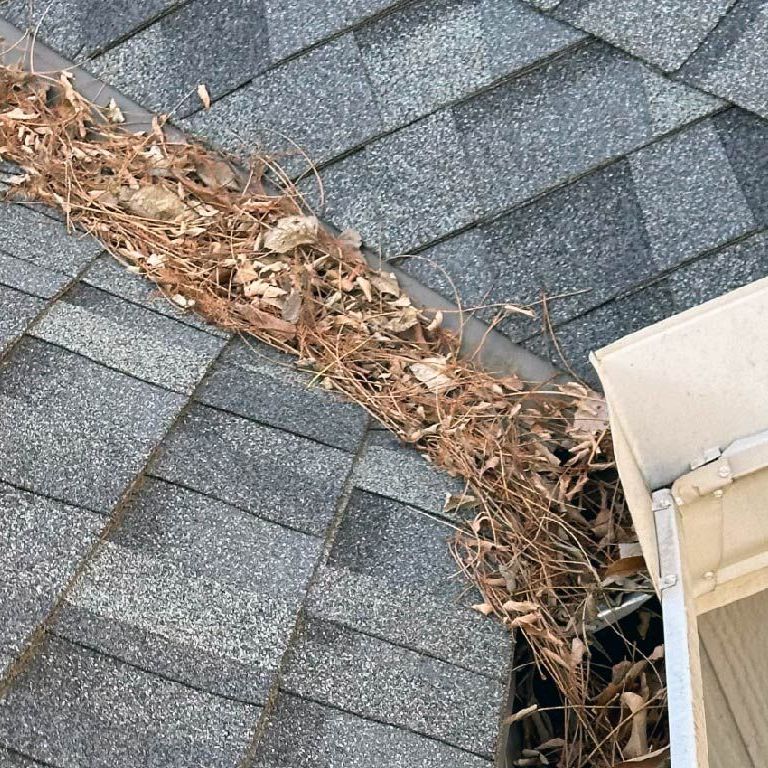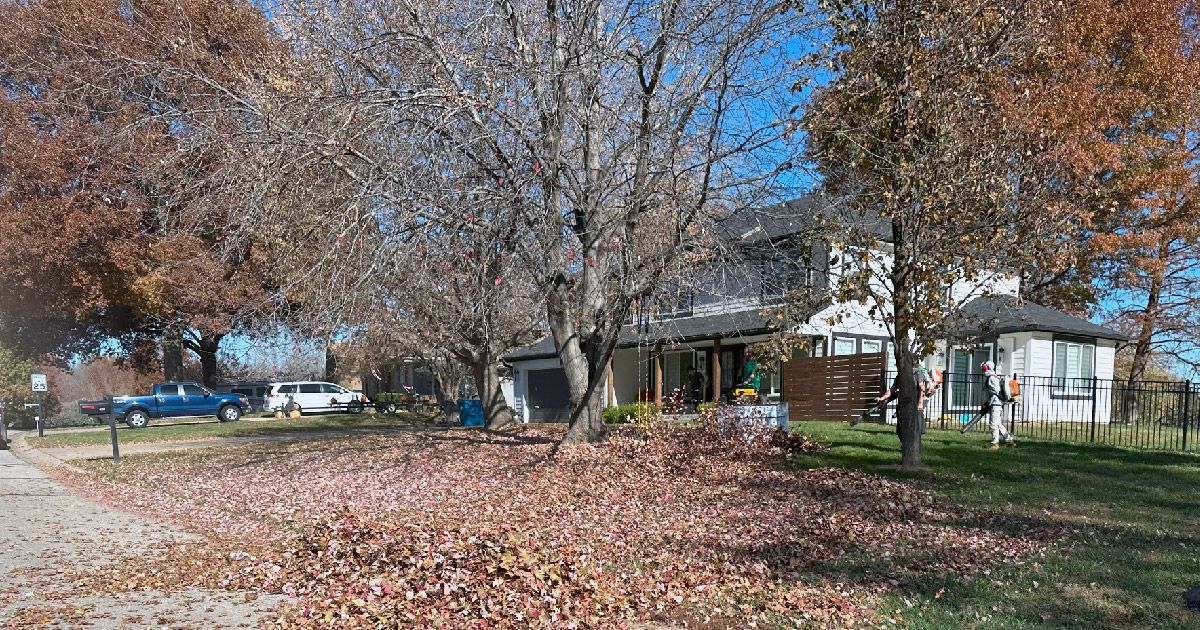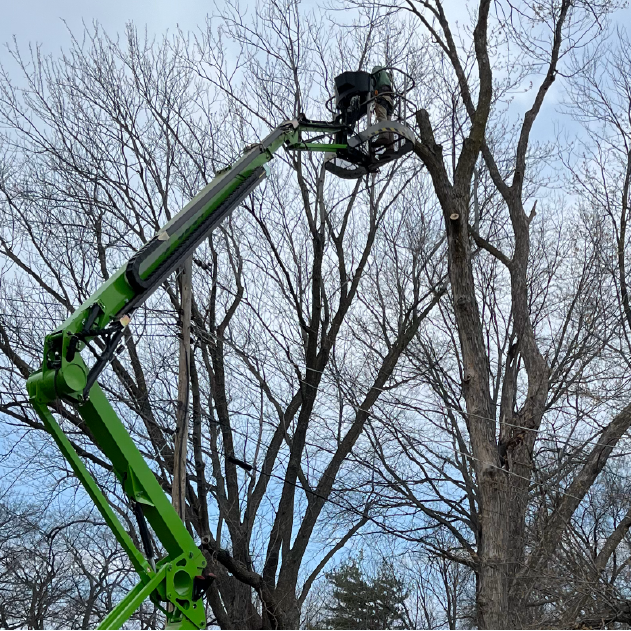What is the Purpose of a Retaining Wall?
While most people are familiar with the term "retaining wall," many do not know what its purpose is. In short, a retaining wall is a structure that helps hold back soil or water. It can be used to prevent landslides, stop erosion, and even create additional usable space in your yard. Whether you're looking to add one for functional or aesthetic purposes, understanding how retaining walls work is essential. Read on to learn more about the purpose of a retaining wall and some of the different types that are available.
A retaining wall is a structure that holds back soil or rock from a slope.
A retaining wall is an essential landscape design feature that provides not only stability, but also aesthetic appeal. The most basic form of retaining walls are those made out of timber, stone, or concrete blocks – each of these materials has its own unique characteristics and benefits. Retaining walls provide a way to control erosion from landslides or water flowing down a hillside, as well as building slopes for gardens and terraces. If used correctly, a properly built retaining wall will result in improved soil stabilization for years to come and create a beautiful backdrop for any project. In addition to keeping the soil in place, retaining walls also offer property lines, border hillsides and define planting areas. With new innovations in technology and materials being released regularly, there are now more options than ever when it comes to building the perfect retaining wall.
Retaining walls are usually made of concrete, stone, or wood.
Retaining walls have been around for centuries, traditionally designed and constructed using materials like concrete or stone. Modern engineering has enabled new materials to be used in the construction of retaining walls, such as precast blocks and timber. These materials can provide both a lower cost option, as well as increased stability in comparison to their traditional counterparts. No matter the material chosen, well designed retaining walls can last years or even decades if built with attention to detail and quality construction practices.
The purpose of a retaining wall is to prevent soil erosion and landslides.
A retaining wall is an important tool for managing soil erosion and preventing landslides. Its purpose is to create stability over a large area by supporting soil that would otherwise slide downhill, or become undermined by water. The retaining wall must be strong enough to bear the weight of the soil it’s supporting, as well as any additional forces like water pressure or other external elements. In addition, gravity and friction between the ground and the materials used in construction aid in holding back the earth behind it, creating a safe barrier against hazards like landslides. Without this support structure in place, large portions of land could be destroyed from erosion alone. Retaining walls help protect valuable property while ensuring safety and stability in areas that would otherwise be vulnerable to rapid declines in quality and productivity.
Retaining walls can also be used for decoration or to create more space in a garden.
Retaining walls are more than just a utilitarian tool to control water flow or level land; they can also be used for beautifying your garden and creating additional space. They can be used to separate sections in a flower bed, delineate different levels of terrain that add interest and depth, or serve as seating areas and primary visuals. Additionally, the materials used in the wall construction—stone, wood, or cement blocks—comes in diverse colors, styles, shapes and sizes which can be tastefully matched to any home design. Retaining walls have been known to lend a traditional elegance or bring sleek modern appeal to gardens for centuries; indeed, skilled hands create artful walls that bring aesthetic flair as well as practicality.
If you are thinking about building a retaining wall, it is important to consult with a professional first.
Building a retaining wall is a great way to improve the look and function of your home, but it's important to understand that there can be many complexities associated with this project. To ensure that your retaining wall is constructed properly and safely, it's highly recommended to consult with a professional before you begin. A professional can provide valuable guidance and information, and they can help you navigate the legal requirements involved in building a retaining wall (e.g. permits, zoning restrictions). Knowing these details upfront will ease the process for you and minimize the risk of issues down the road.
Conclusion:
Retaining walls are an incredibly useful and attractive addition to any landscape project. They can provide support for different types of terrain and even help to prevent costly soil erosion or landslides that could otherwise occur. Though building a retaining wall can be an expensive undertaking, there is no denying the lasting beauty and structural integrity that it adds. For those looking to add a few more inches of their property, creating a retaining wall with decorative accents can make all the difference. Before you begin such an endeavor, however, be sure to consult with a professional as they understand regional weather systems and other unique considerations that a DIY enthusiast would not recognize without proper guidance. With everything in order, you can now enjoy the peace of mind knowing that your landscape structure is built correctly - something everyone should welcome on any outdoor project!
